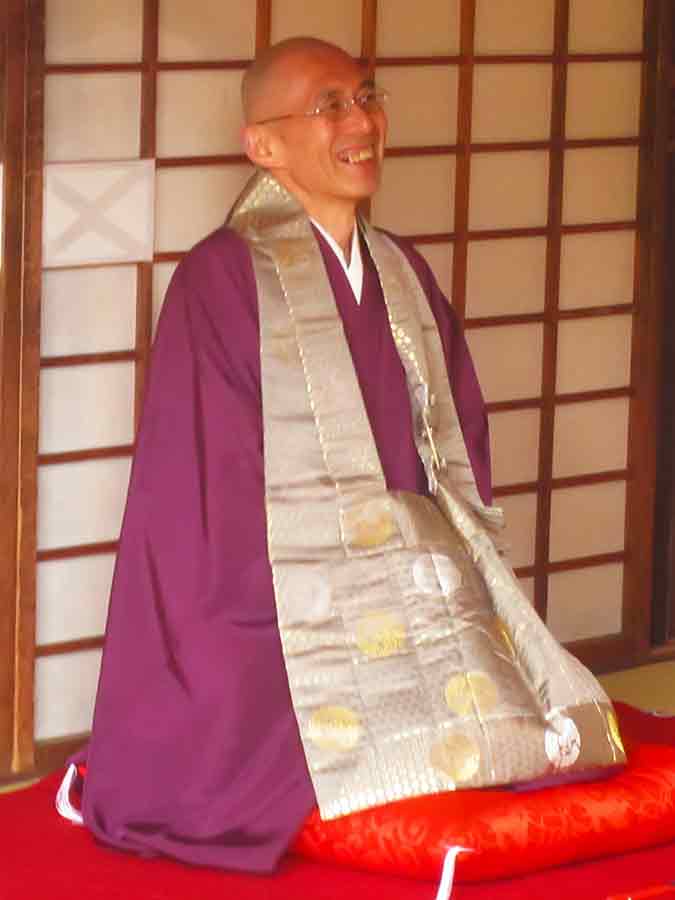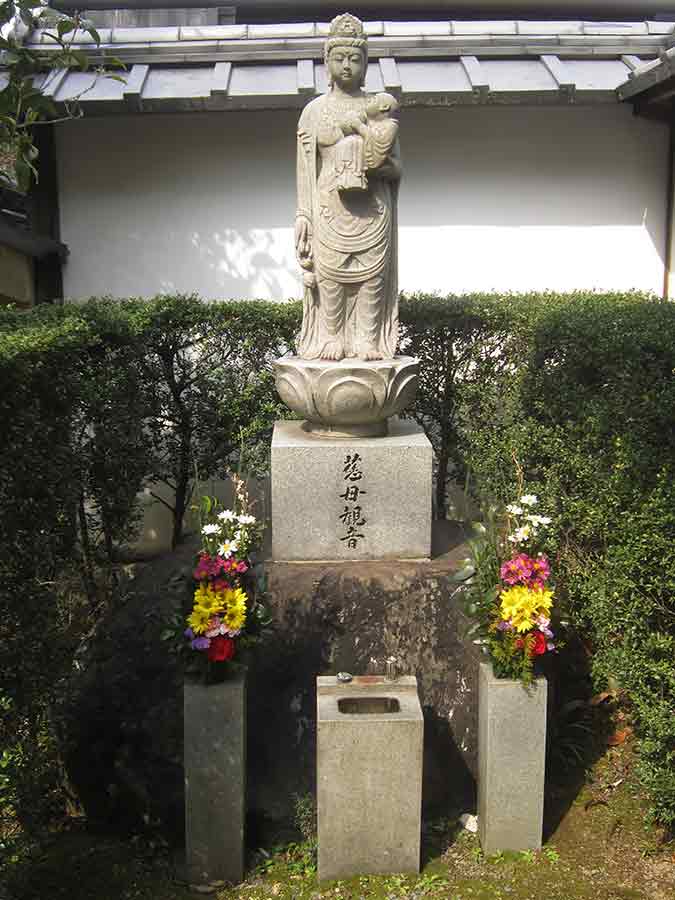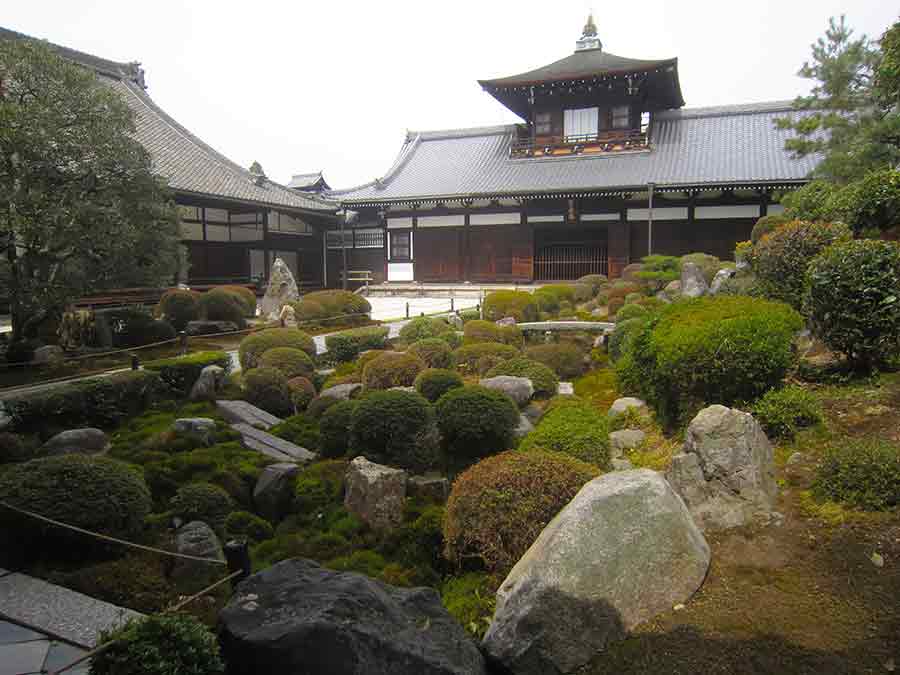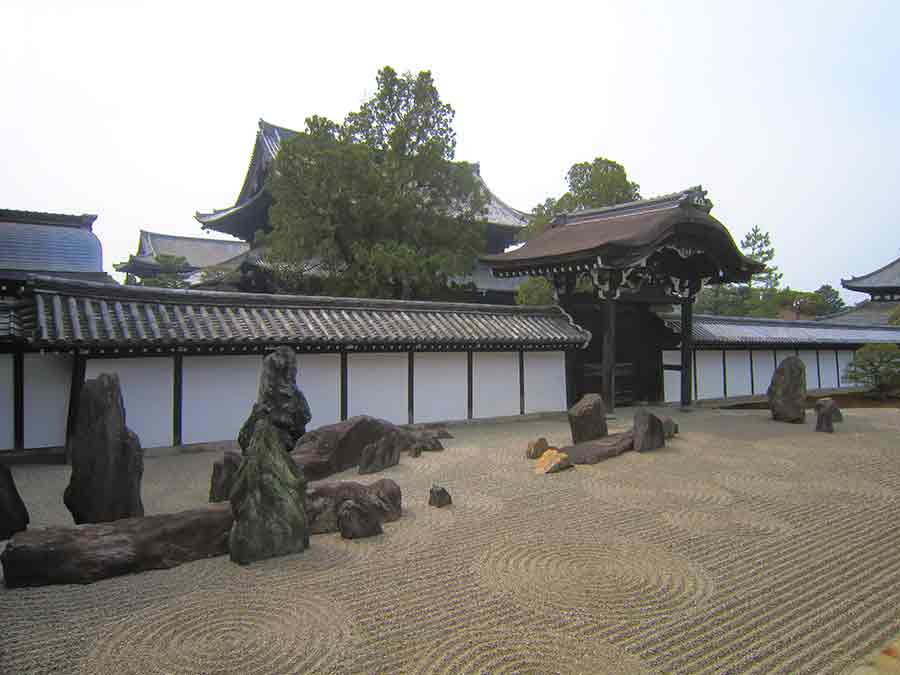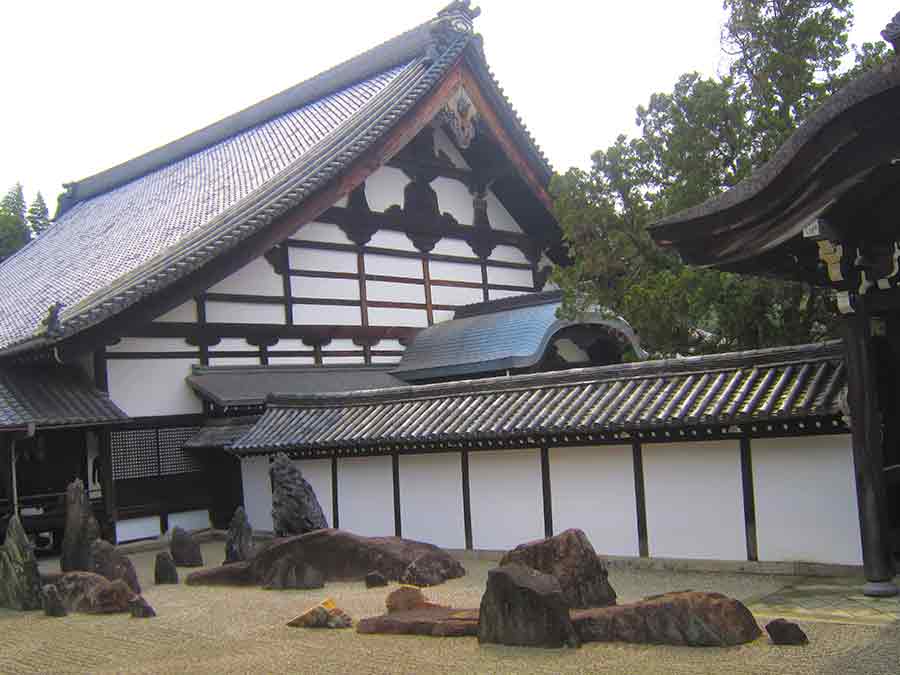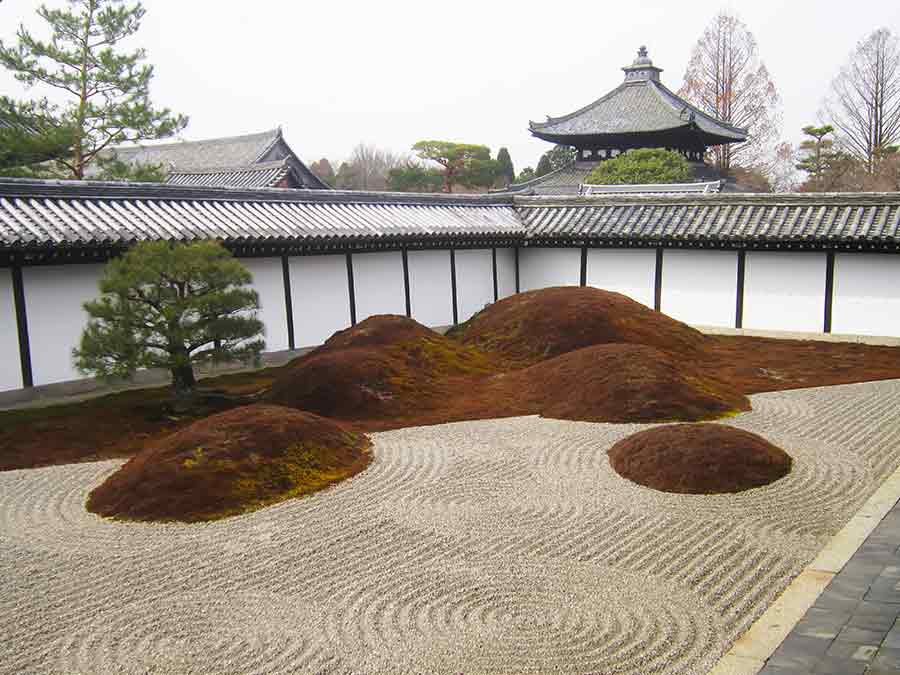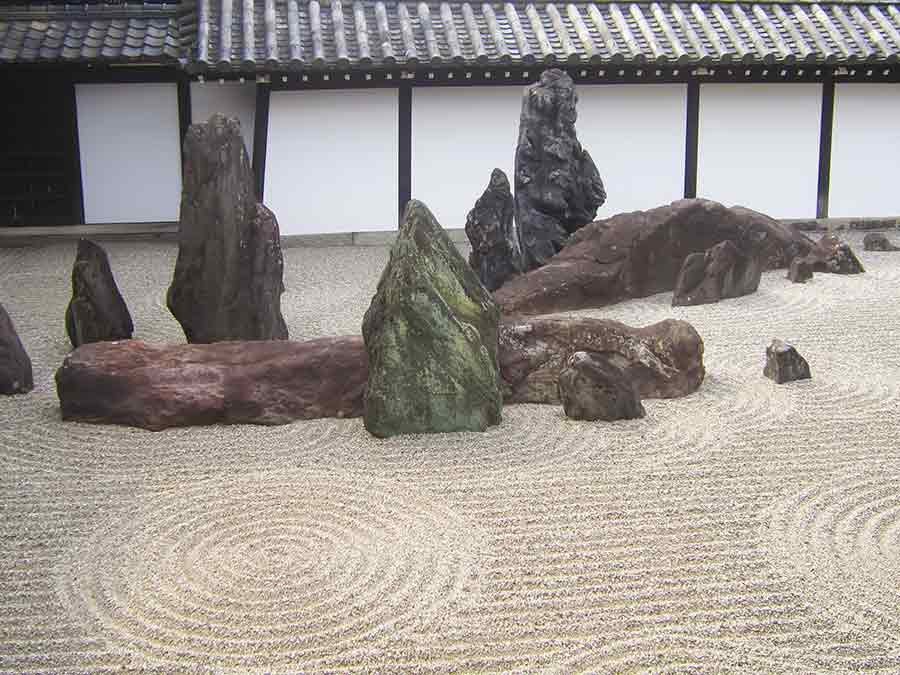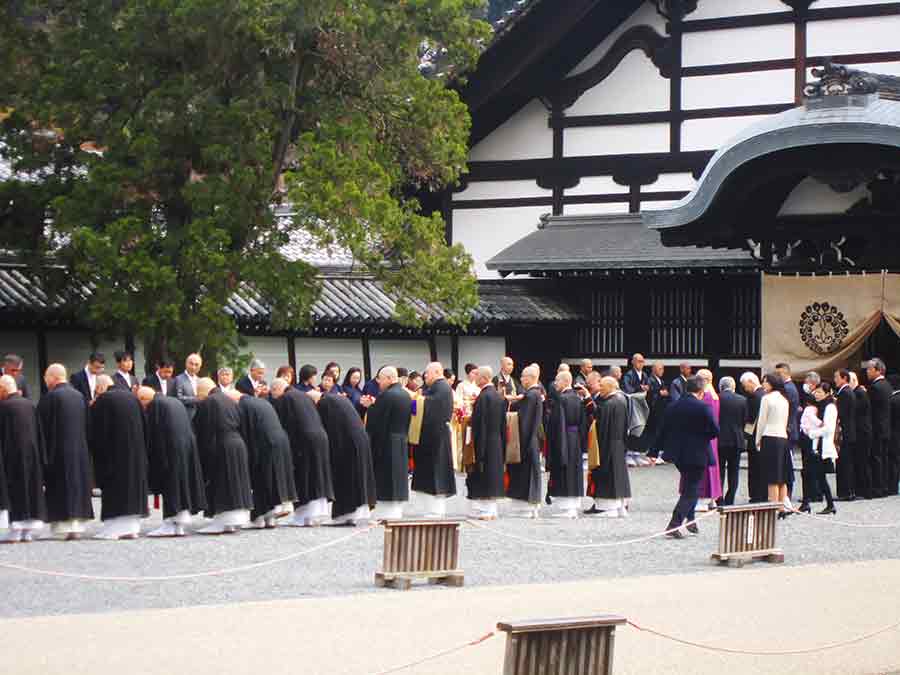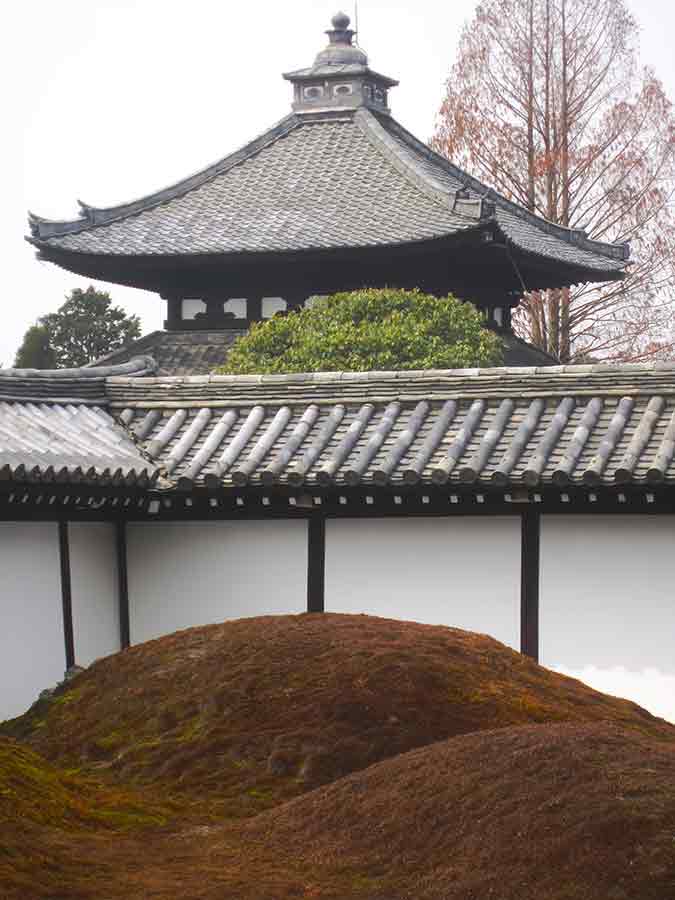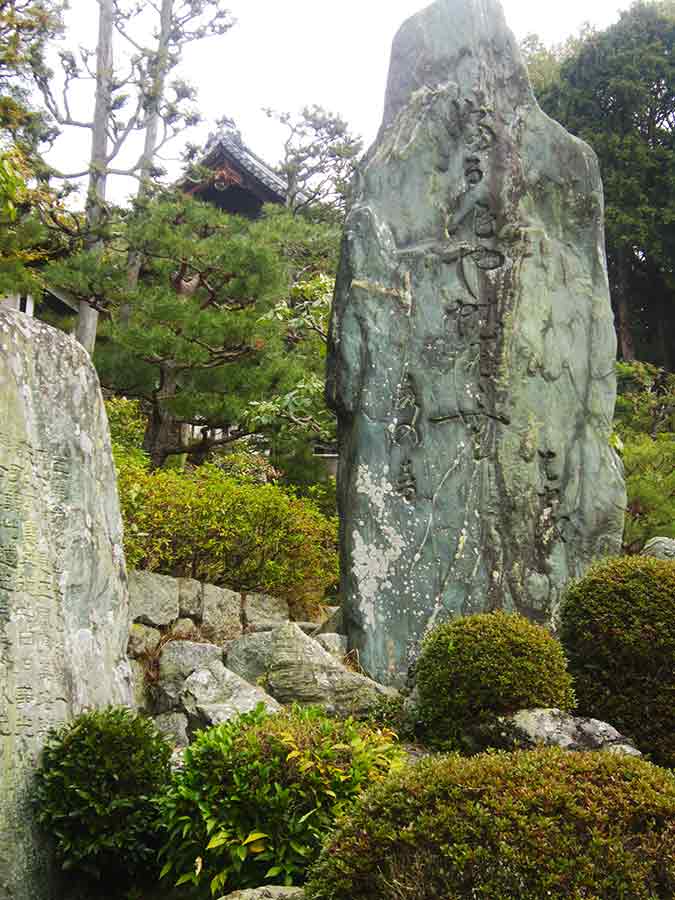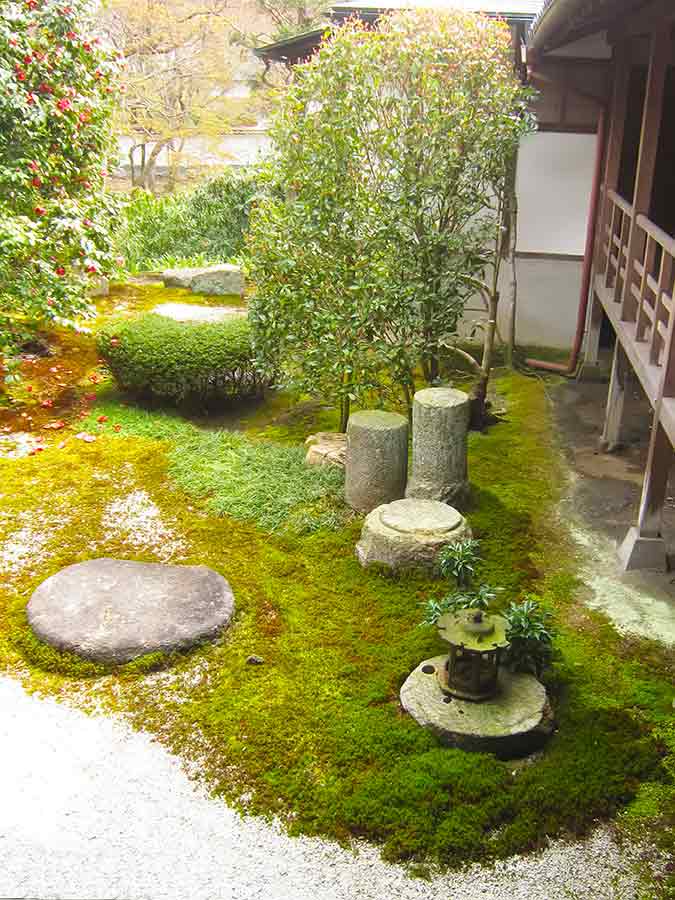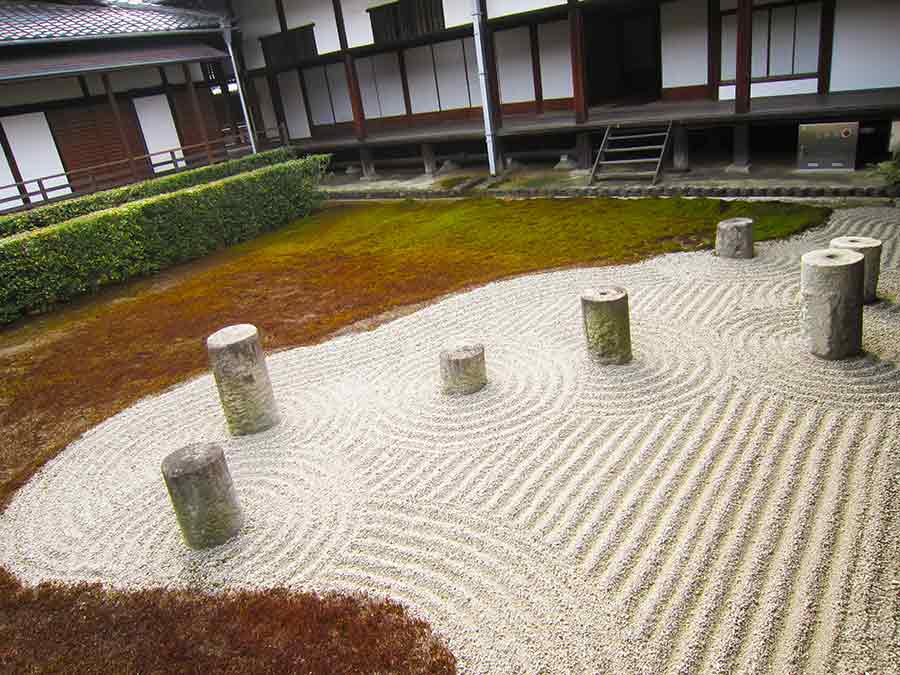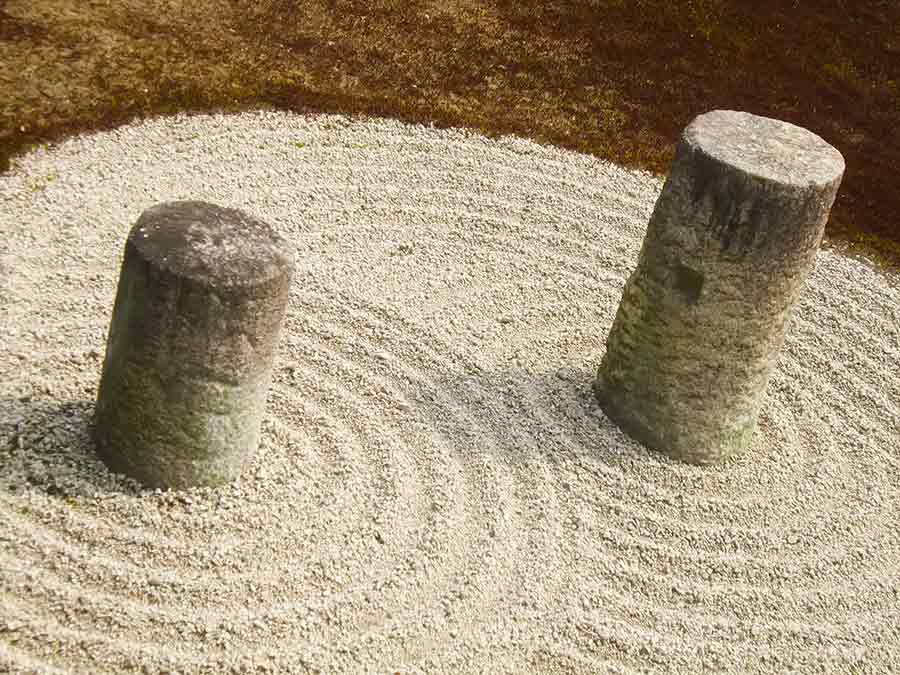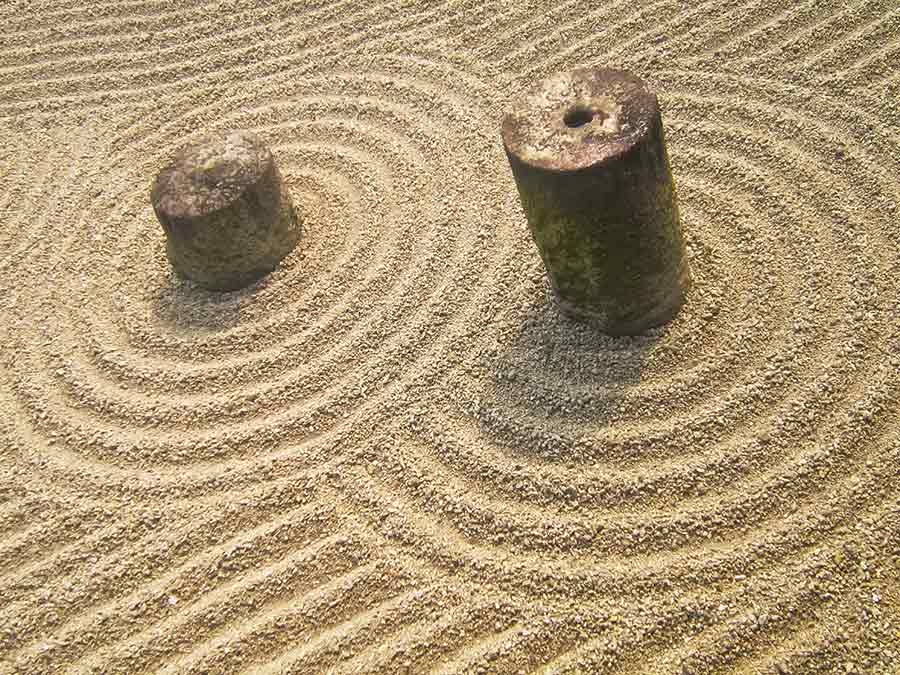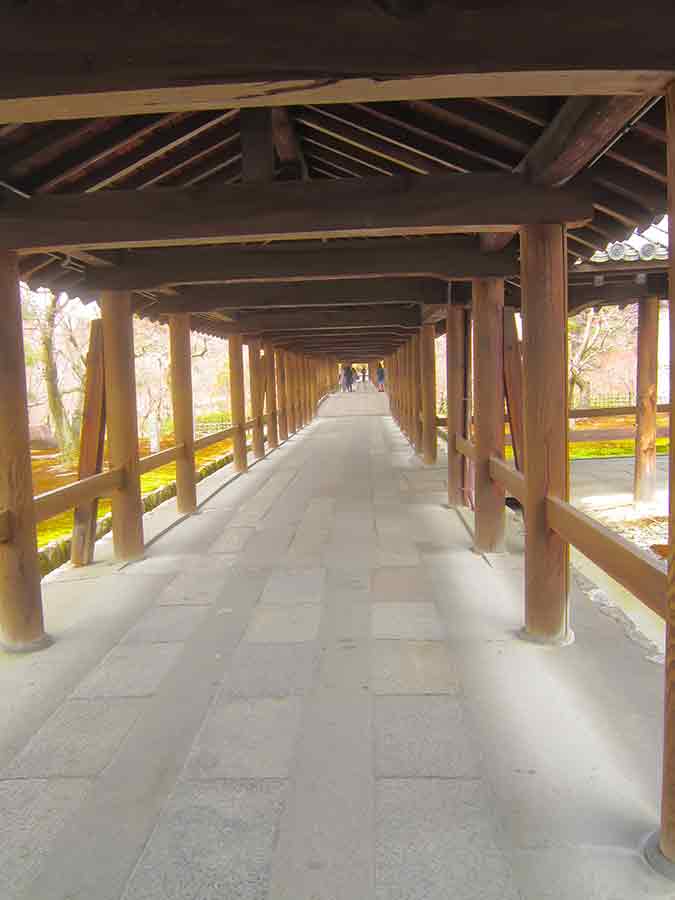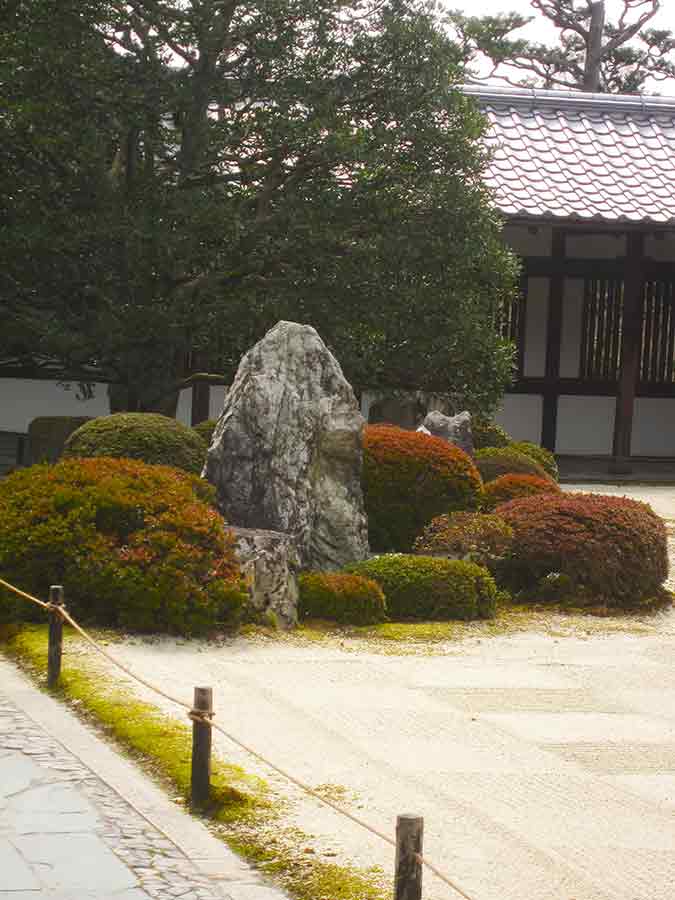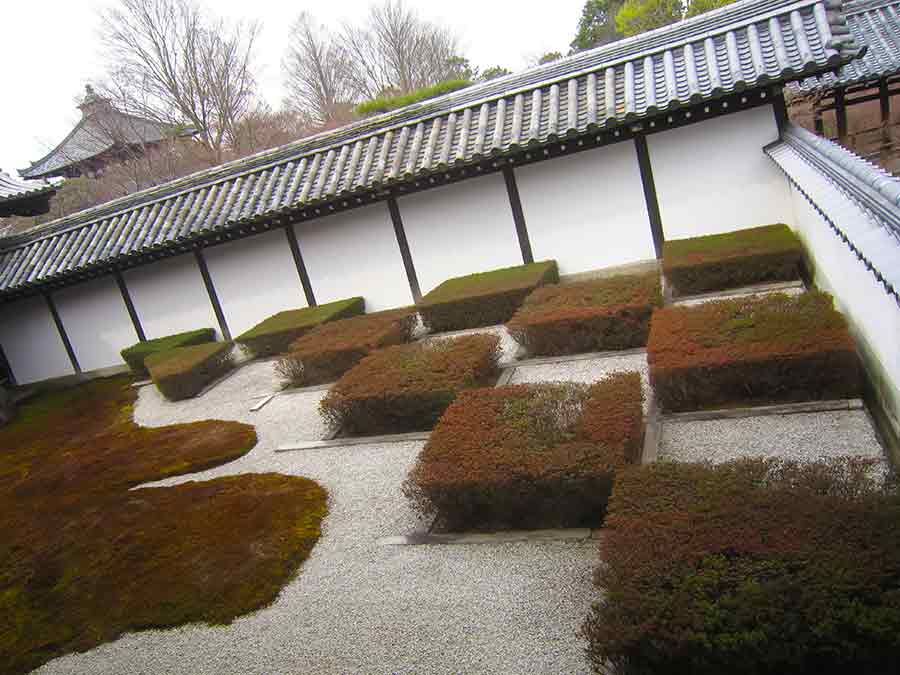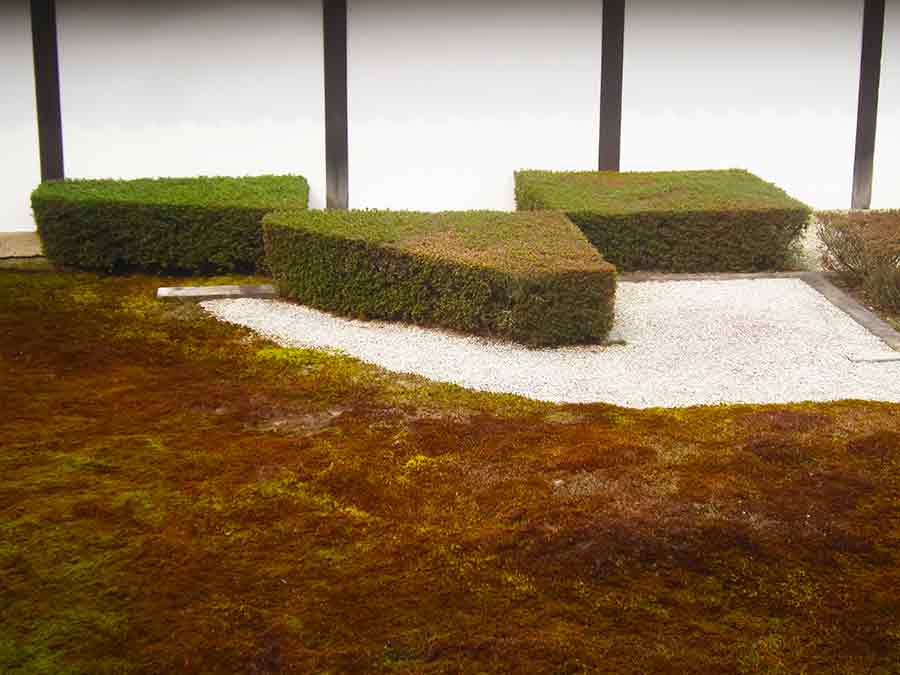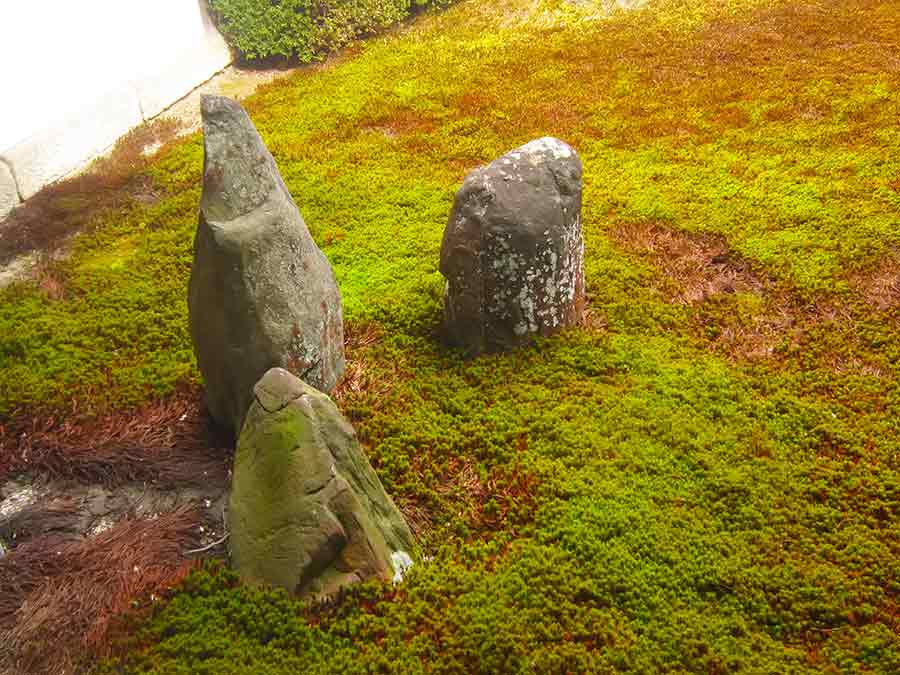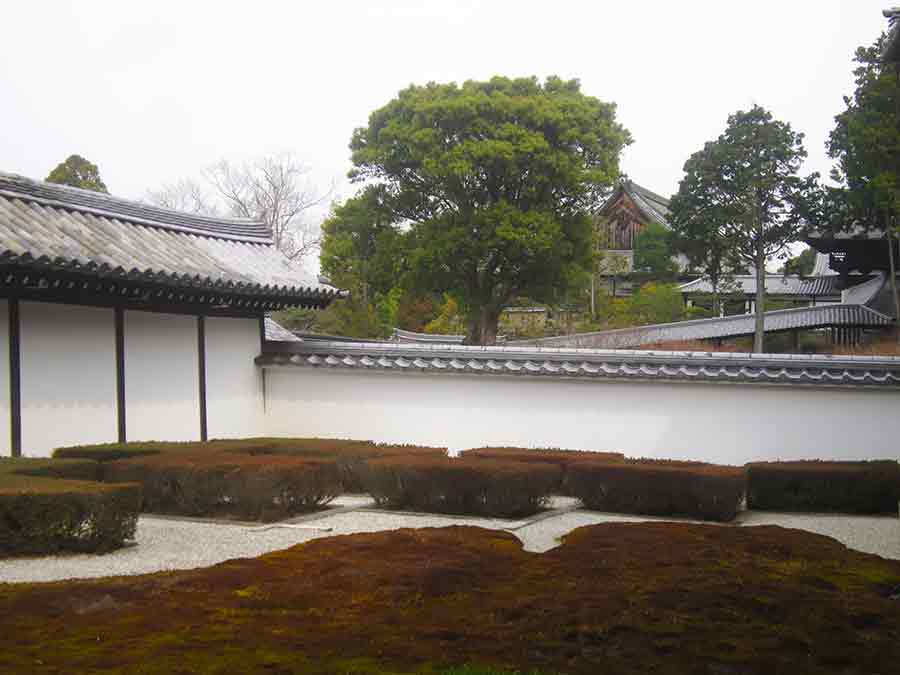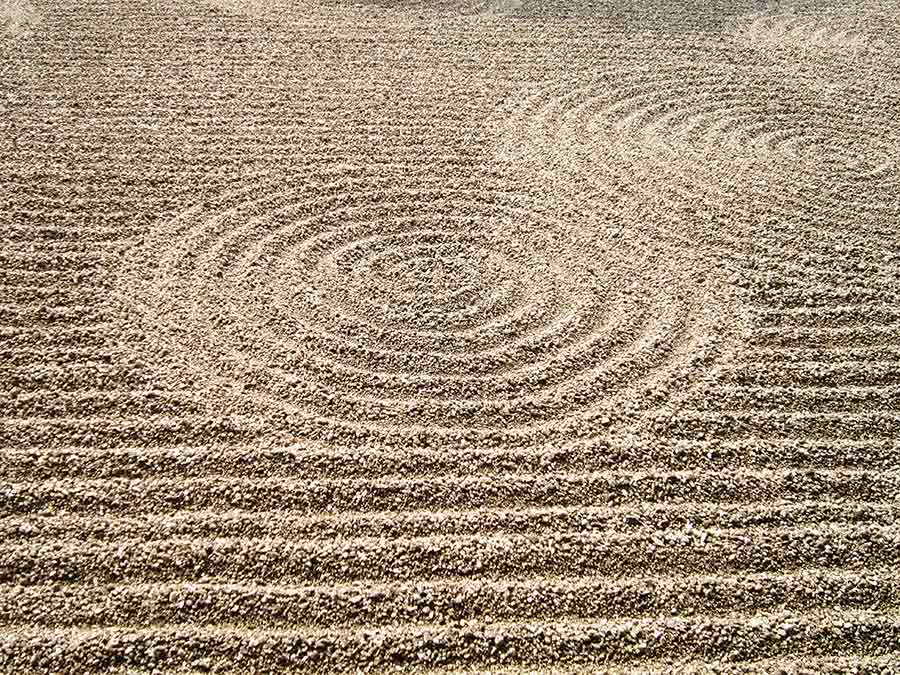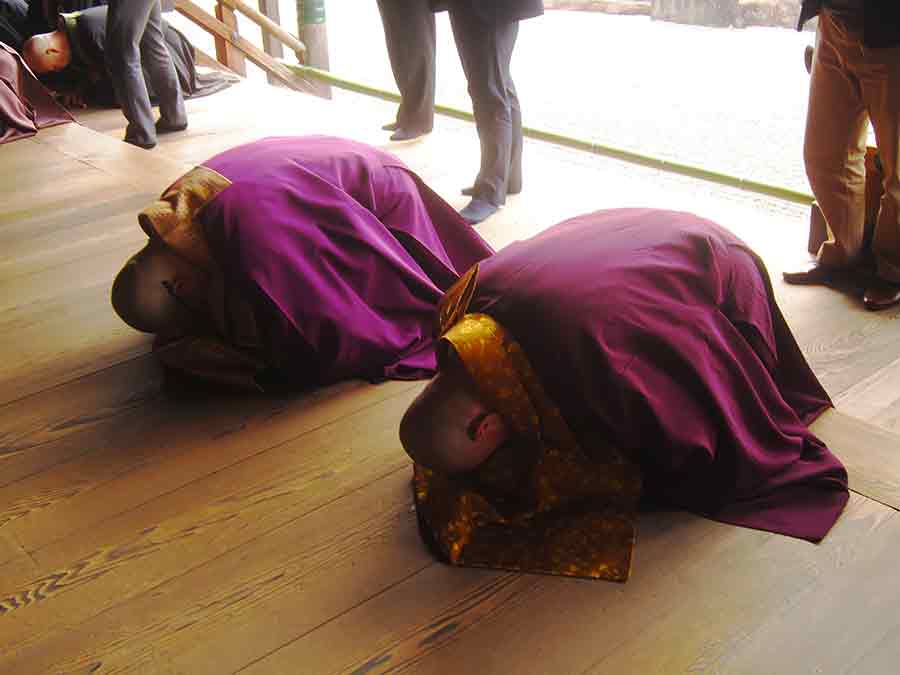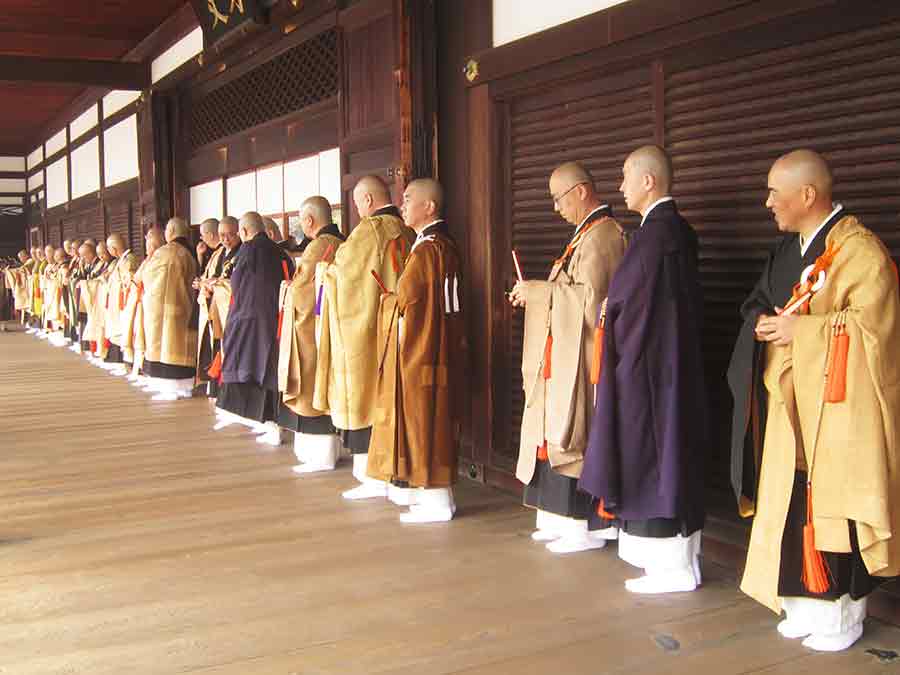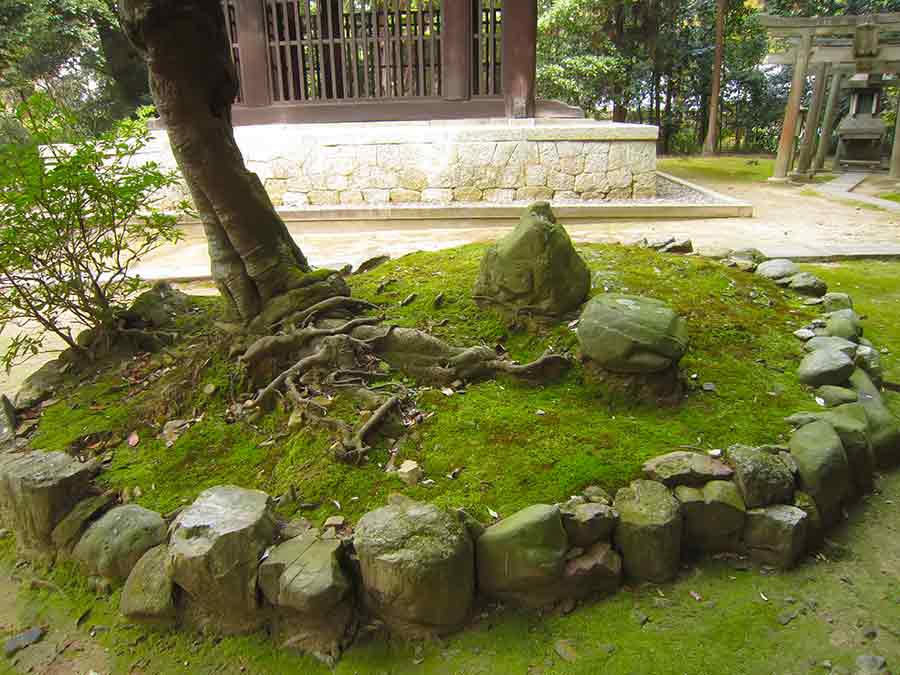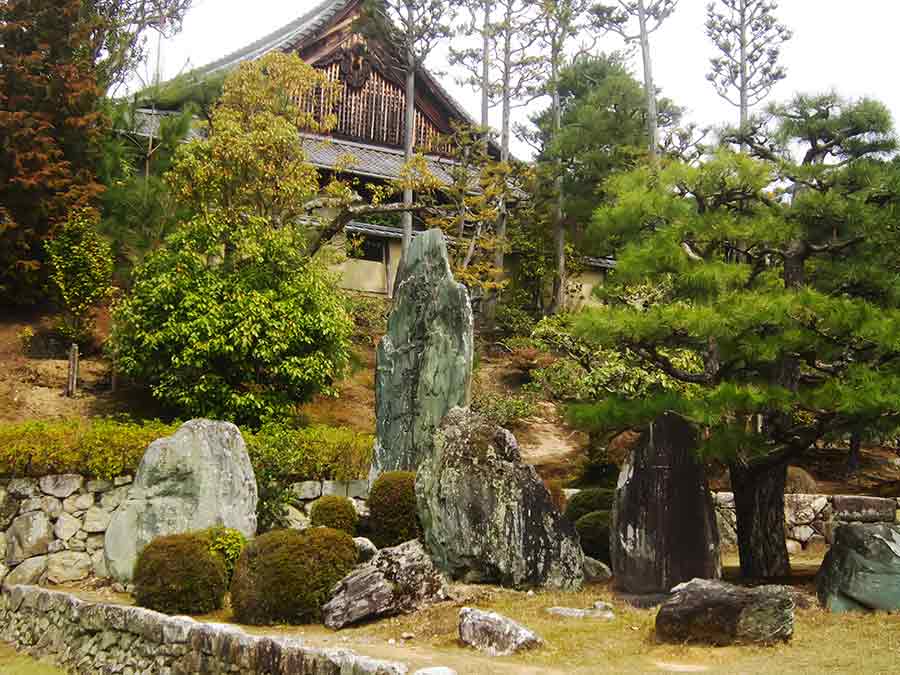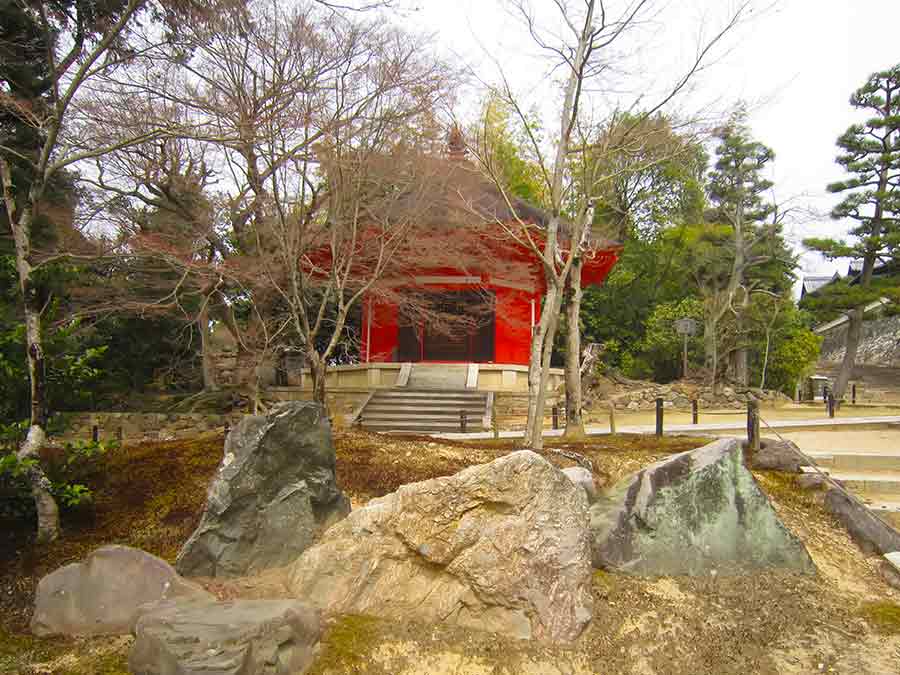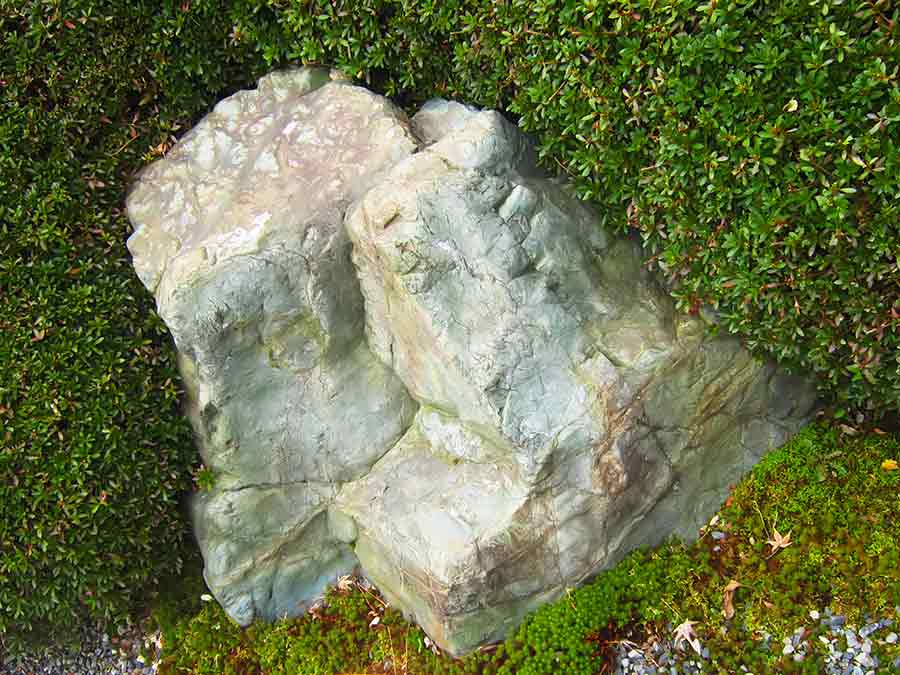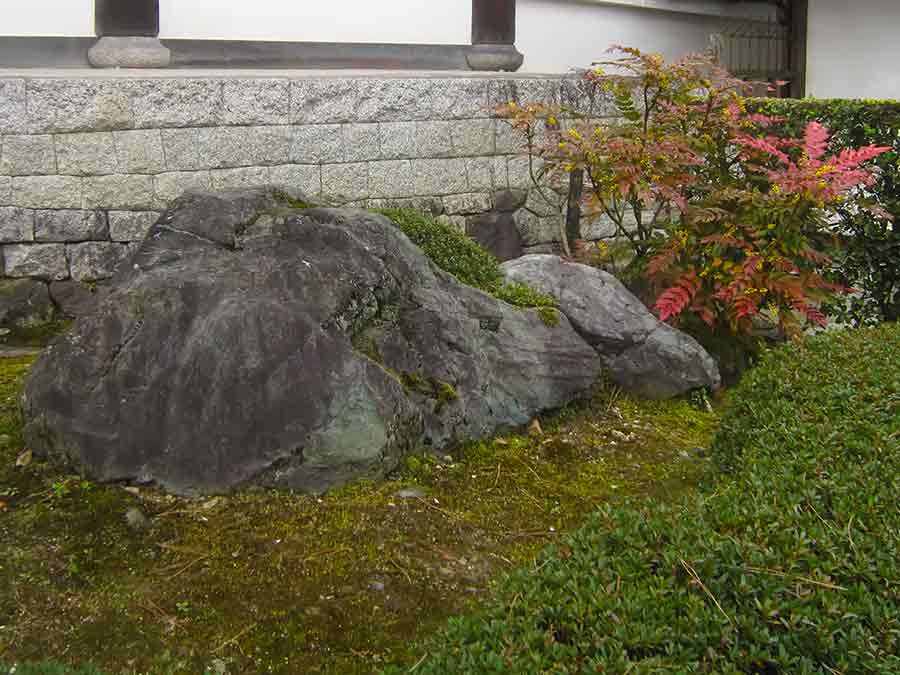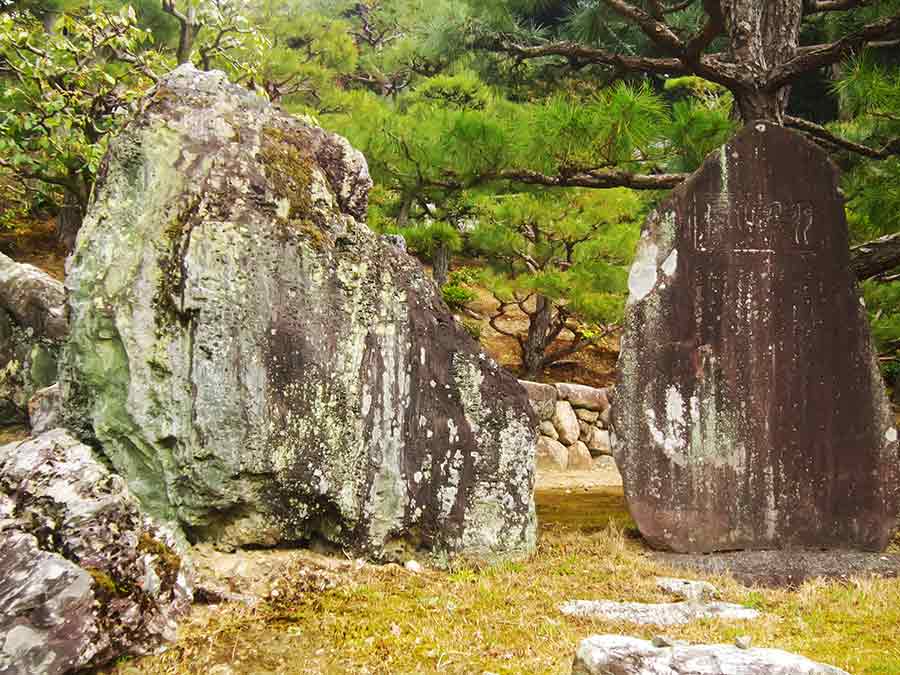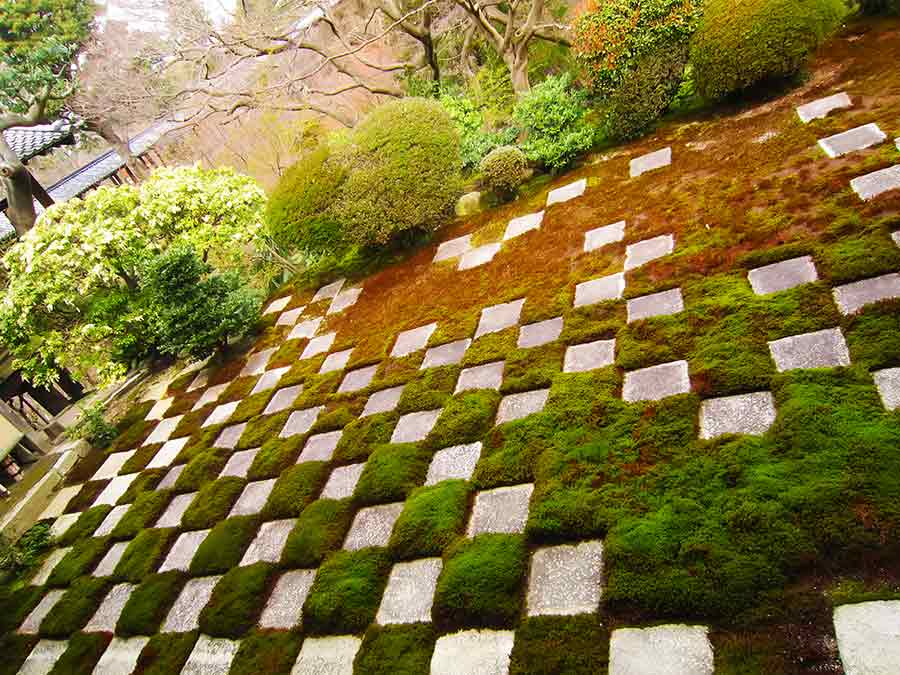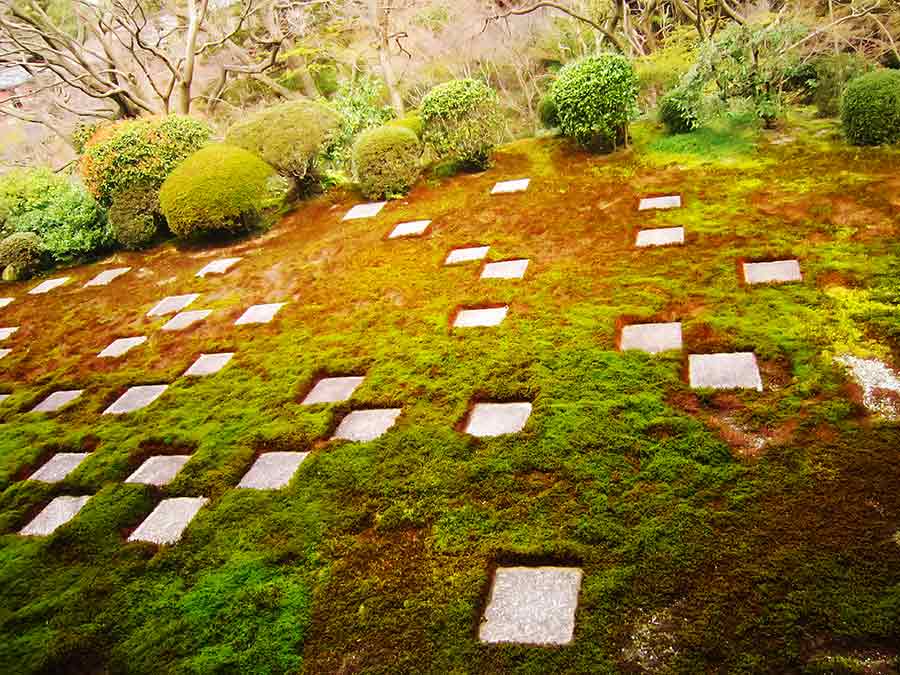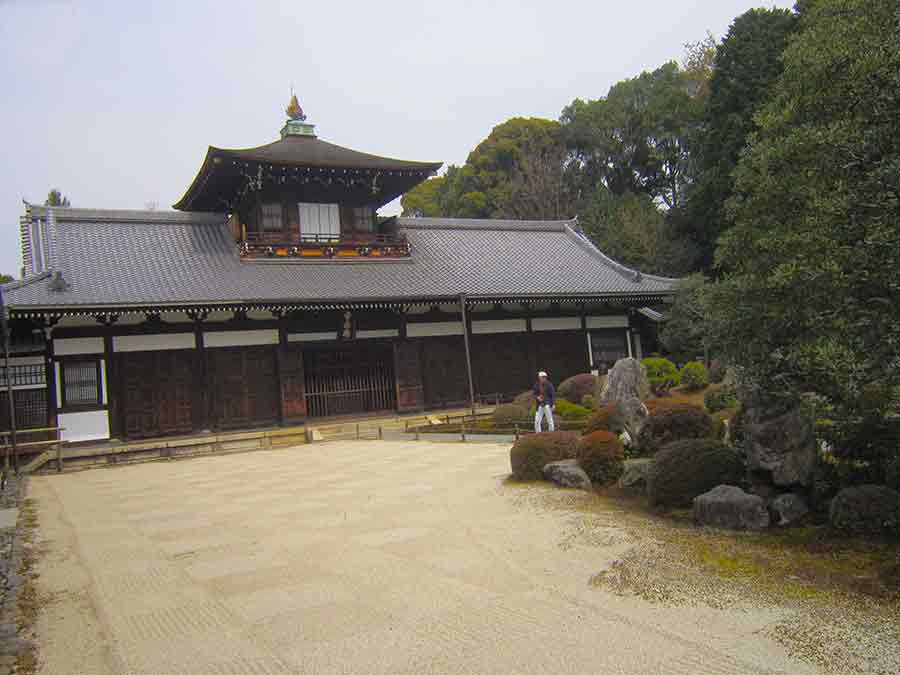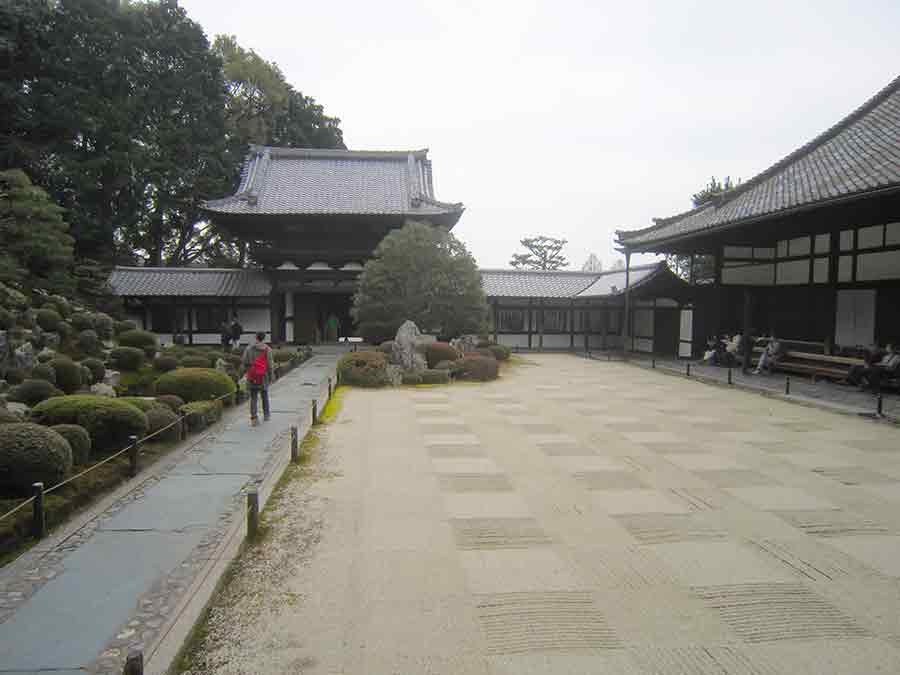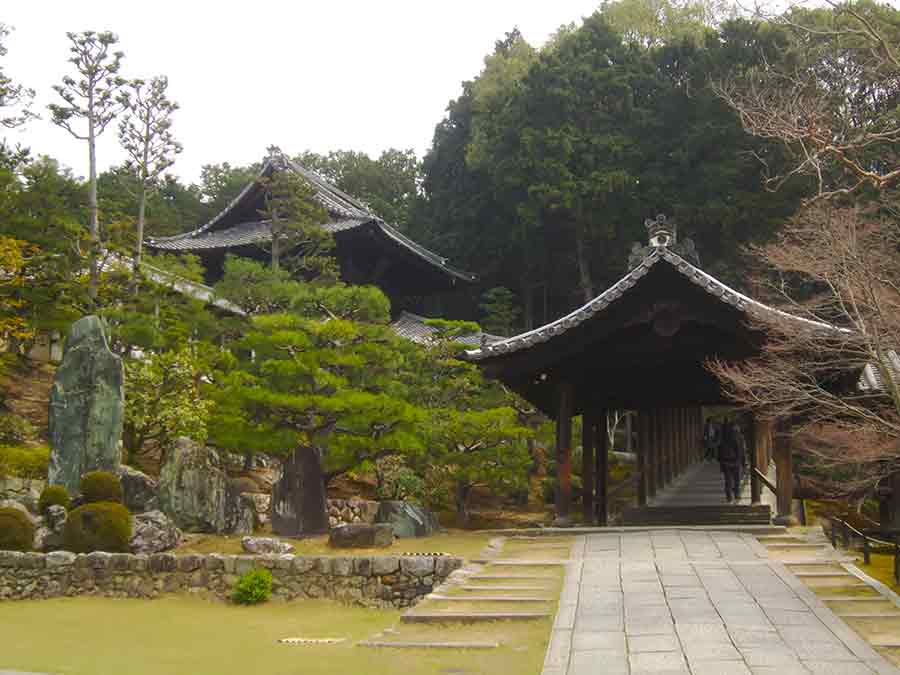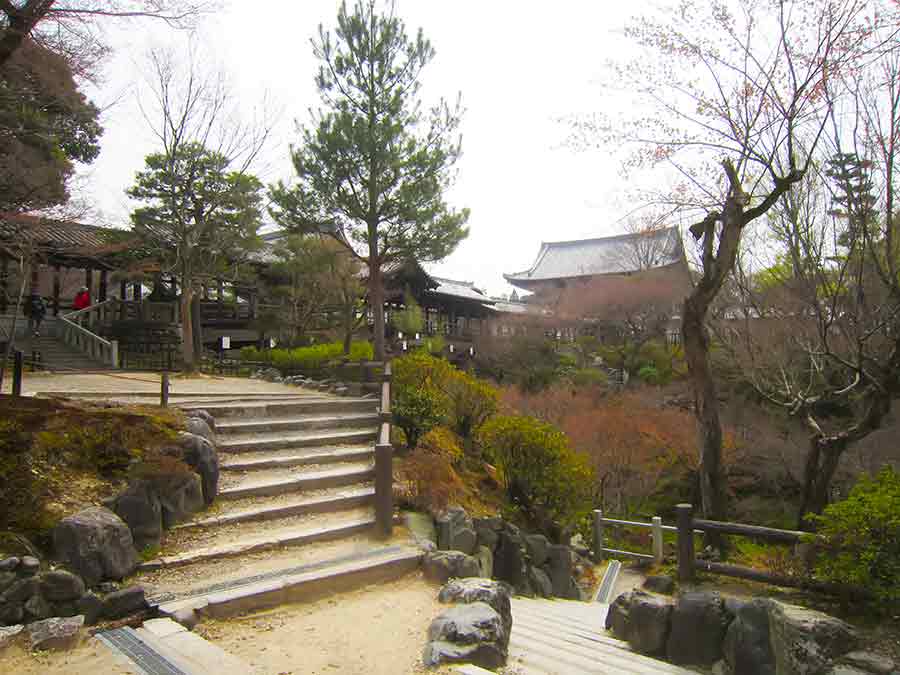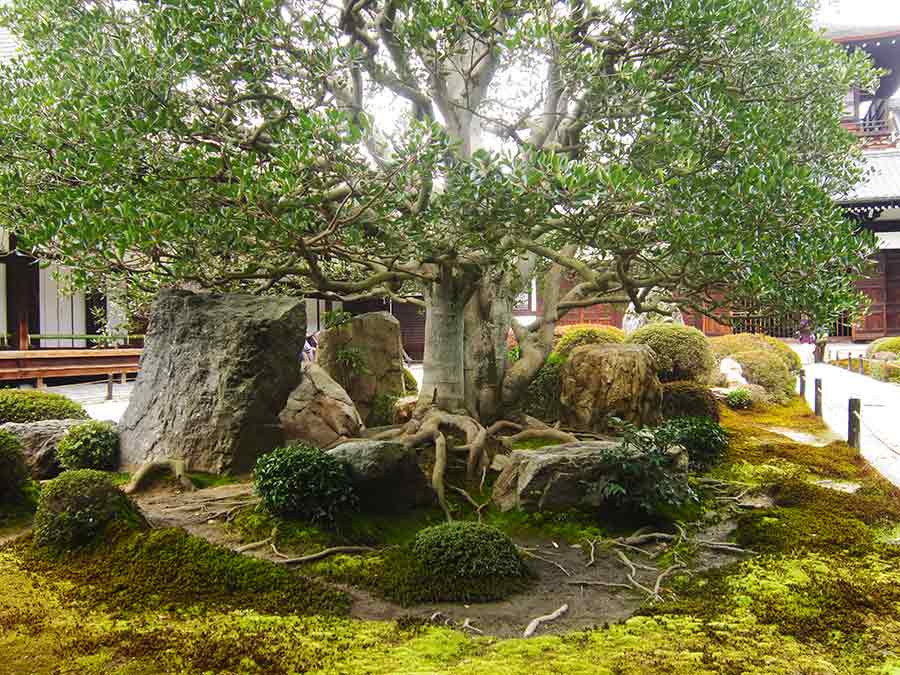Tofukuji Zen Gardens: A Photographic Exploration of Enlightenment
The contemporary Zen gardens encircling the Abbot's Quarters of Tofukuji Temple blend tradition and abstraction, creating a harmonious symphony of elements. These gardens, characterized by their striking rock-and-sand landscapes, evoke visual renderings of satori, the state of enlightenment.
They showcase a blend of moss gardens and traditional dry landscape gardens, each captivating the mind and spirit. Situated on the north, south, east, and west sides of the temple, Tofukuji stands as the oldest and largest temple in Kyoto.
A pathway and a miraculous touch of serenity unite the contrasting pair of gardens that surround the Abbot's Quarters, embodying a unique fusion of Zen and modern abstract design. Each of the four gardens encircling Tofukuji's Hojo possesses its own distinct atmosphere, with rock gardens traditionally accompanying head priest buildings.
However, Tofukuji's gardens set themselves apart by enveloping the building on all sides. Every garden exhibits a unique character, utilizing pebbles, large rocks, moss, trees, and checkered patterns to inspire contemplation and inner tranquility.
Tofukuji Southern Garden
This enchanting rectangular dry-landscape garden stretches from east to west, captivating the imagination with large rocks symbolizing the mythical island inhabited by immortals. At its far end, five moss-covered mounds embody the five principal temples of Rinzai Zen. Delicately raked white gravel weaves between the rocks and mounds, representing the fabled "seven oceans" and inviting the mind to explore the depths of serenity and spiritual awakening.
Tofukuji Eastern Garden
Awash with tranquility, the Eastern Garden is an exquisite composition of moss, raked gravel, and seven round granite stone pillars. Here, the gravel symbolizes clouds, while the granite pillars—originally used as foundation stones—embody the Great Dipper constellation, also known as the Seven Northern Stars in Japanese culture.
The garden holds deeper meaning as well: upon entering a Buddhist temple, one uses a dipper to wash their hands and rinse their mouth in a ritual of purification. In this way, the Eastern Garden not only captivates the senses but also serves as a gentle reminder of the sacred cleansing rituals that lie at the heart of Buddhist practice.
Tofukuji Western "Dragon Chanting Garden"
A harmonious blend of old and new, the Western Garden juxtaposes the dry landscape with verdant moss. Here, azaleas are meticulously arranged in a checkerboard pattern, an homage to the ancient Chinese method of land division. Known as Ryogin-tei, or the "Dragon Chanting Garden," this captivating space captures the essence of a mythical creature.
At the heart of the garden, three large stones come together to form the head of a dragon, while other stones artfully coil, embodying the dragon's body as it emerges from the clouds. The Western Garden is a testament to the powerful fusion of tradition and modernity, inviting contemplation and a sense of awe.
Tofukuji Northern Garden
Of all the gardens at Tofukuji, the Northern Garden is perhaps the most renowned. This mesmerizing space features square paving stones set in a checkerboard pattern, nestled among soft, lush moss. As the eye travels across the garden, the pattern seems to dissolve into randomness, ultimately fading away at the far end of the space. Known as the "Garden of the Inseparable," this enchanting landscape tells a story of two loyal dogs protecting a young Zen monk from a pack of wolves. The distinctive reddish gravel adds an unparalleled touch to the scene, inviting visitors to ponder the profound connection between nature, life, and spiritual growth.
If you're interested in exploring more of the captivating Zen gardens in Kyoto through my stunning photo-reportages, be sure to visit the following pages on 'wisarts':
